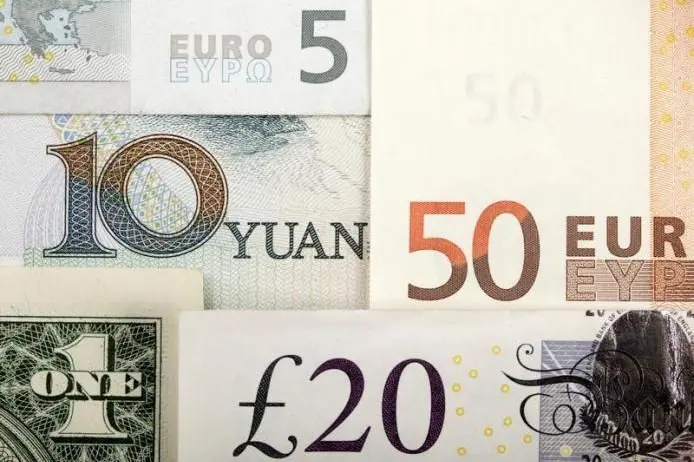PHOTO
TOKYO: The safe-haven U.S. dollar struggled to find its footing on Wednesday following two days of losses as global financial markets regained a measure of stability on hopes a full-blown banking crisis can be averted.
The dollar index, which tracks the currency against six major peers, edged 0.08% higher to 102.57 in Asian trading, following drops of about 0.3% in each of the past two sessions. The weakness comes despite a rise in U.S. Treasury yields, also the result of ebbing demand for the safest assets.
The yen remained volatile in the run-up to the end of the Japanese fiscal year on Friday. The dollar jumped 0.59% to 131.68 yen, and touched a one-week high of 131.80.
The yen had dropped 0.5% the previous day, when it uncharacteristically moved in the opposite direction with long-term U.S. Treasury yields.
The 10-year benchmark U.S. yield pushed as much as 1.5 basis points higher to a fresh one-week peak at 3.583% in Tokyo trading, but was last little changed at 3.5677%. Last Friday, the yield had dropped to a six-month low of 3.285%.
"U.S. bond volatility has driven most of the volatility in dollar-yen, so it makes sense that we're closer to 130 than 140 because U.S. yields are that much lower," said Ray Attrill, head of foreign-exchange strategy at National Australia Bank.
Regarding Tuesday yen's rally, "it's not following the rules as one might expect, which maybe says that coming into fiscal year-end, must-do flows are having a disproportionate effect," Attrill added.
Elsewhere, the Australian dollar slipped 0.16% to $0.6698 after a reading of Australian consumer inflation slowed to an eight-month low, adding to the case for the Reserve Bank to pause its rate hiking campaign next week. Futures now imply only a 5% chance of a rate rise, compared to 15% before the data.
The U.S. currency has lost ground as investors took solace in First Citizens BancShares' agreement to buy all of failed lender Silicon Valley Bank's deposits and loans, as well as overnight comments by Michael Barr, the Federal Reserve's vice chairman for supervision, that SVB's problems were due to "terrible" risk management, suggesting it could be an isolated case.
Still, traders remain very sensitive to signs of any further cracks in the banking system.
"Issues in U.S. banks will remain the dominant influence on the USD in the near term," Joseph Capurso, a strategist at Commonwealth Bank of Australia, wrote in a client note, pointing to the importance of weekly data on money market flows due later in the day, which "will likely highlight the shift of deposits out of small U.S. banks into large banks."
The euro drifted 0.1% lower to $1.0834 and sterling edged down 0.12% to $1.23265.
The risk-sensitive New Zealand dollar added 0.13% to $0.6261. Traders continue to price in a quarter point rate increase at the Reserve Bank of New Zealand's policy meeting next week.
Bitcoin rose to around $27,600, finding its feet following the problems at the world's biggest cryptocurrency exchange, Binance, which has been sued by the U.S. Commodity Futures Trading Commission (CFTC).
The token had dipped as low as $26,541 on Monday, after its retreat from a nine-month high of $29,380 last week.
(Reporting by Kevin Buckland; Editing by Shri Navaratnam and Jamie Freed)





















